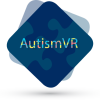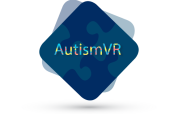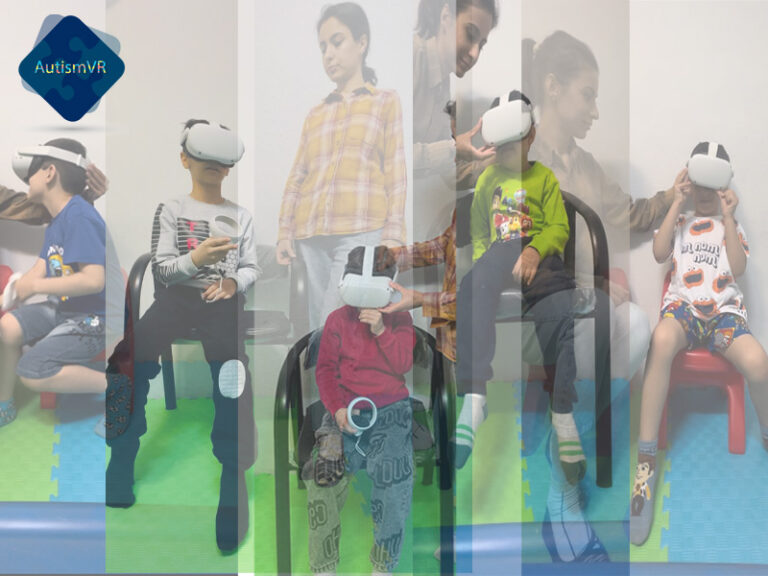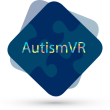Living with Autism Spectrum Disorder (ASD) brings with it a unique set of challenges and characteristics. One aspect that some individuals with ASD may experience is the presence of phobias. Phobias are intense and irrational fears of specific objects, situations, or activities that can significantly impact daily life. In this article, we will explore the relationship between phobias and Autism Spectrum Disorders, and offer some insights into managing and supporting individuals who may be affected.
What Are Phobias?
Phobias are classified as anxiety disorders, characterized by an overwhelming and persistent fear of specific triggers. These triggers can include animals, natural environments, heights, social situations, or various other objects or experiences. Phobias can be classified into two main types: specific phobias and social phobias.
Phobias in Autism Spectrum Disorders
Research suggests that individuals with Autism Spectrum Disorders may have an increased likelihood of experiencing phobias compared to the general population. The unique sensory sensitivities, difficulties with change and transitions, and challenges with social interactions that are commonly associated with ASD may contribute to the development or exacerbation of phobias.
Possible Causes and Triggers
The exact causes of phobias in Autism Spectrum Disorders are not fully understood. However, several factors may contribute to their development. These can include:
1. Sensory Overload: Individuals with ASD often experience sensory sensitivities and may find certain sights, sounds, or tactile sensations overwhelming. Exposure to these overwhelming stimuli can lead to the development of phobias.
2. Anxiety and Uncertainty: The uncertainty and unpredictability of certain situations can be particularly challenging for individuals with ASD. The fear of the unknown and the inability to predict outcomes can contribute to the development of phobias as a way to cope with anxiety.
3. Traumatic Experiences: Traumatic experiences or negative events related to specific triggers can result in the development of phobias. These triggers may be associated with past distressing experiences or intense anxiety.
Managing Phobias in Autism Spectrum Disorders
Supporting individuals with ASD who experience phobias requires a multi-faceted approach. Here are some strategies that can be helpful:
1. Understanding and Communication: Encourage open and honest communication to understand the specific triggers and fears. Provide a supportive environment where individuals feel comfortable expressing their concerns.
2. Gradual Exposure: Implement gradual exposure techniques to help desensitize individuals to their phobic triggers. This process involves gradually and systematically exposing the individual to the trigger in a controlled and supportive manner.
3. Visual Supports: Utilize visual supports such as visual schedules, social stories, or visual guides to prepare individuals for situations or encounters that may trigger their phobias. These visual tools can help individuals understand what to expect and provide a sense of predictability.
4. Sensory Strategies: Implement sensory strategies to help manage sensory sensitivities that may contribute to the phobia. This can include providing sensory breaks, using noise-cancelling headphones, or incorporating sensory tools to reduce anxiety and overwhelm.
5. Professional Support: Seek assistance from professionals experienced in working with individuals with ASD and anxiety disorders. Therapists or counselors specializing in cognitive-behavioral therapy (CBT) or other evidence-based interventions can provide tailored strategies and support.
Conclusion
Phobias can be challenging for individuals with Autism Spectrum Disorders, impacting their daily lives and overall well-being. Understanding the underlying factors and employing appropriate strategies can help manage and support individuals with phobias. By fostering a supportive and understanding environment, individuals with ASD can navigate their phobias with greater ease, leading to a better quality of life.
Remember, it’s essential to consult with professionals specializing in ASD and anxiety disorders for personalized advice and guidance.













